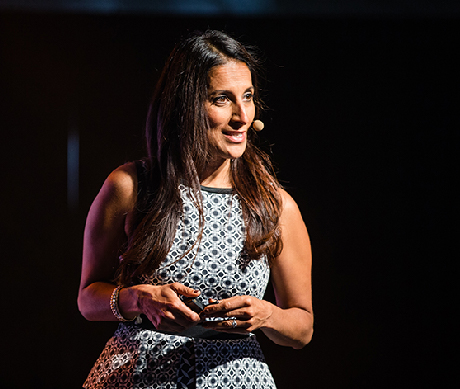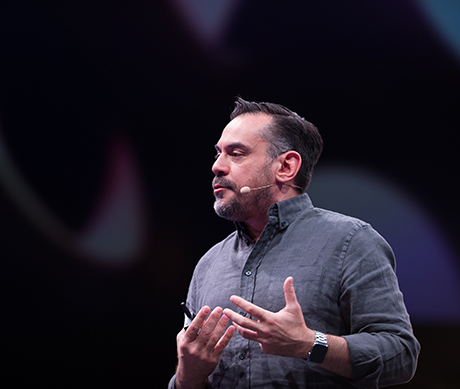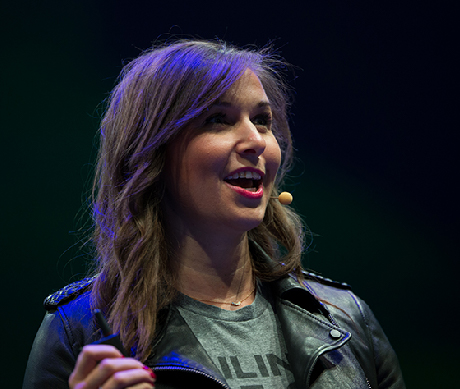“The status quo doesn’t mean anything.” This is what pushes conductor Kent Nagano, a speaker at C2 Montréal 2017, to break with convention, without sacrificing quality. How can you be sure you do the same in your business practice and take risks to stay relevant? Three speakers share their vision of business risk.
Develop your tolerance for risk
We all want to believe that when an appealing, big risk arises, we will seize the opportunity. According to former Amazon executive and Google VP Sukhinder Singh Cassidy, nothing could be further from the truth. In business, risk is viewed positively... once it has delivered. Unfortunately, risk is not always rewarded. Quite the contrary.

Sukhinder’s advice to be sure you say “yes!” at the right time:
- take small risks every day to increase your tolerance.
- combat the fear of risk by identifying what you have at stake. Is it your ego? Your finances? Your reputation?
- hire employees who take risks (and rehire them if they left to start a business that failed: they are developing their appetite for risk).
- always reserve 10% of your time for high-risk projects.
- as a manager, you play an active role in the development of new ideas.
Become your own competitor
We are experiencing “the greatest institutional shift in the history of humanity,” according to serial investor and entrepreneur Leonard Brody. He expounds on this vision in a series of articles entitled “The Great Rewrite” published in Forbes.

In the new world order where rapid change is the norm, we can practice what Leonard calls parallelism: becoming our own competitor by generating 10% of annual revenue with a new product that competes with your own. “Parallelism,” Leonard explains, “involves launching entities that can survive and prosper independently.” Tinder, developed by an incubator created by Match.com, is a good example of parallelism in action. What could be a parallel product in your industry?
Find the neighbouring idea
BuzzFeed’s Senior Vice-President of Marketing Laura Henderson knows that the accumulation of many small risks is what makes this digital outlet the largest multimedia and entertainment company in the world, with 9 billion monthly views of its content, which ranges well beyond cat videos.

Based on a product model that works, Laura launches what she calls “the neighbouring idea”: a product that uses the same formula to reach a different audience. For example, based on the series of recipes filmed from a high angle, called Tasty, she launched Nifty, which presents practical do-it-yourself projects, shot from the same angle. Most importantly, she launches the new product quickly, and lets the public decide whether or not it is a good idea.
To find and test your own neighbouring idea, Laura recommends launching a small project and most importantly, most importantly, resisting the urge to come up with a whole strategy around it. Concentrate your efforts instead on a well-defined problem, and give your team the freedom to solve it.
By developing your tolerance for risk, becoming your own competitor or identifying models to replicate, you will be in a good position to break down the status quo and remain relevant in an ever-changing business environment.
Find out more about the major trends in business in The C2 Montréal 2017 Minutes, and join us or the 7th edition using the promotional code: C2M18LOVESCCMM.

Sukhinder Singh Cassidy. Photo: Arianne Bergeron © C2
Leonard Brody. Photo: Allen McEachern © C2
Laura Henderson. Photo: Allen McEachern © C2
Photo: Arianne Bergeron © C2